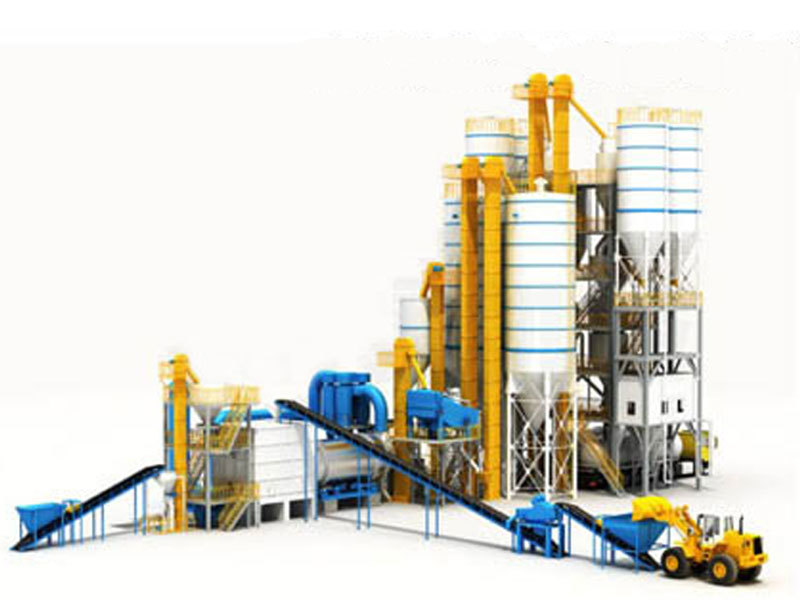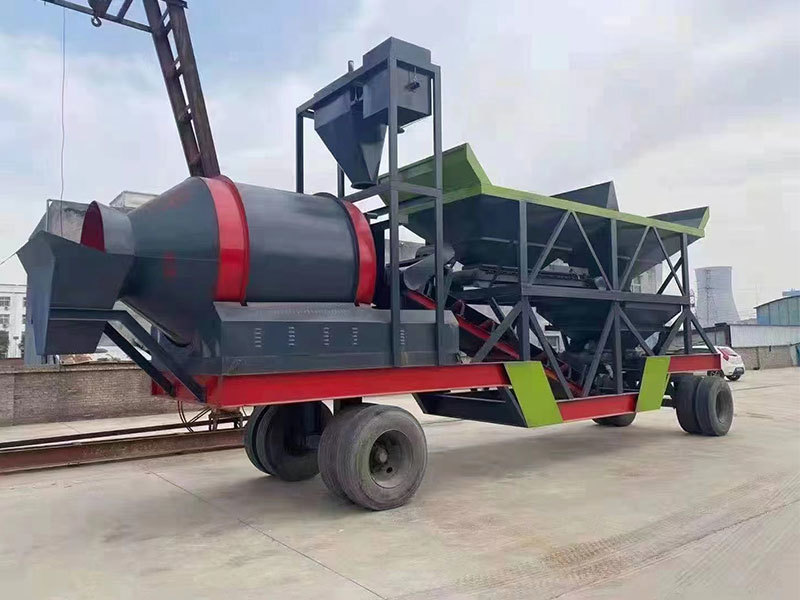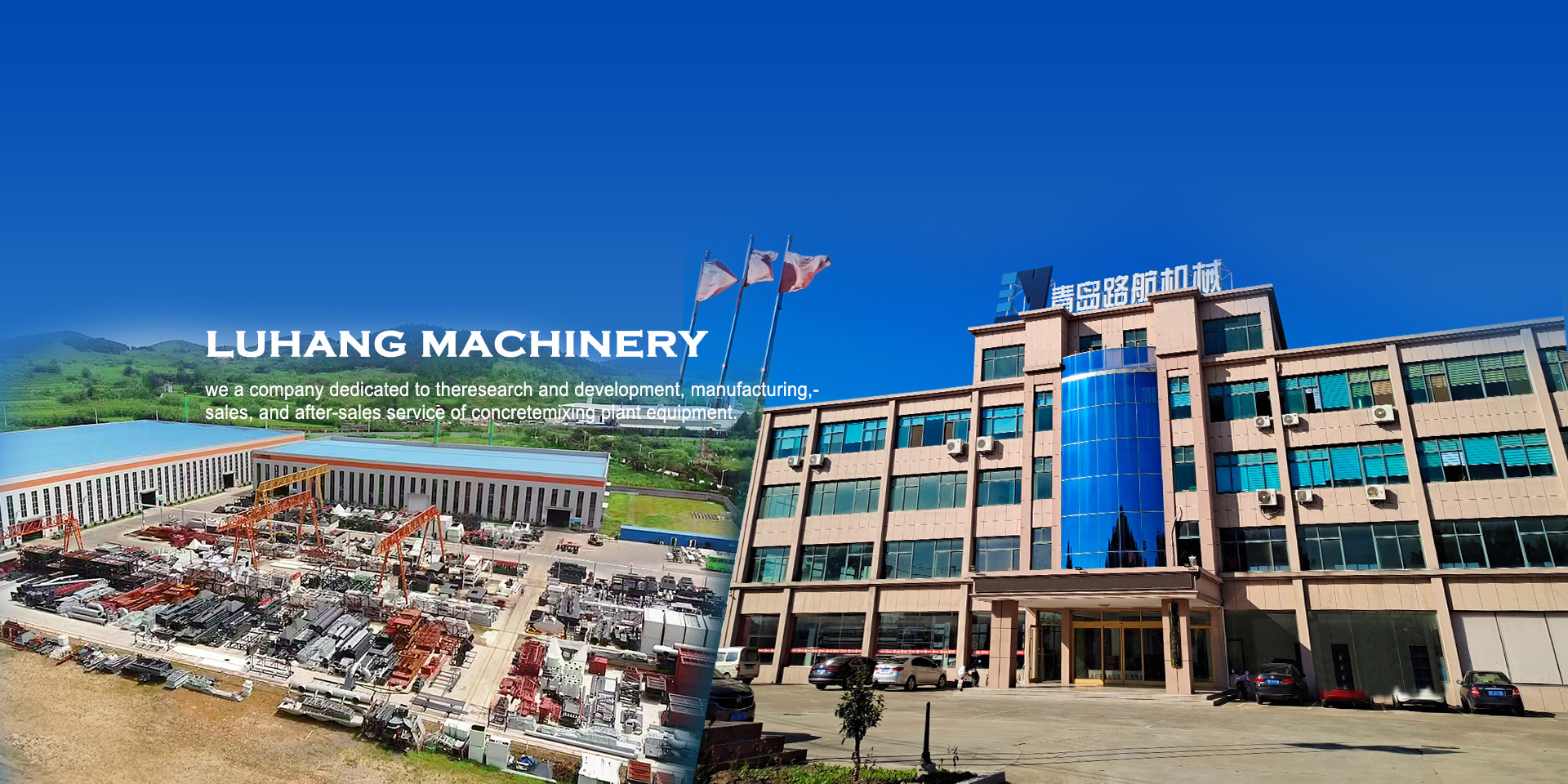Choosing the Right Concrete Mixing Plant: The Essential Role of Cement Silos
Release time:
Jun 25,2025
Choosing the Right Concrete Mixing Plant: The Essential Role of Cement Silos Table of Contents 1. Introduction to Concrete Mixing Plants 2. The Importance of Cement Silos in Concrete Production 3. Types of Cement Silos Used in Concrete Mixing Plants 3.1 Horizontal Cement Silos 3.2 Vertical Cement Silos 3.3 Mobile Cement Silos 4. How to Choose the Right Cemen

Choosing the Right Concrete Mixing Plant: The Essential Role of Cement Silos
Table of Contents
- 1. Introduction to Concrete Mixing Plants
- 2. The Importance of Cement Silos in Concrete Production
- 3. Types of Cement Silos Used in Concrete Mixing Plants
- 4. How to Choose the Right Cement Silo for Your Mixing Plant
- 5. Maintenance Best Practices for Cement Silos
- 6. Cement Silo Location and Safety Considerations
- 7. Advanced Technology in Cement Silos
- 8. Conclusion
- 9. Frequently Asked Questions (FAQs)
1. Introduction to Concrete Mixing Plants
Concrete mixing plants are essential facilities in the construction industry, enabling the efficient production of concrete. These plants often come equipped with various components that contribute to the mixing process, but one of the most critical aspects of the operation is the **cement silo**. The cement silo plays an instrumental role in the storage and management of cement, impacting the quality and efficiency of concrete production.
When selecting a concrete mixing plant, understanding the various factors related to cement silos is crucial. This article will explore the significance of cement silos, the different types available, and how to choose the right one for your needs.
2. The Importance of Cement Silos in Concrete Production
Cement silos are designated storage units for cement that facilitate the smooth operation of concrete mixing plants. They are designed to hold large quantities of cement, which is a primary ingredient in concrete production. The importance of cement silos can be grouped into several key functions:
1. **Storage Efficiency**: Cement silos allow for the bulk storage of cement, leading to reduced transportation and handling costs. This efficiency can significantly impact the overall budget of construction projects.
2. **Quality Preservation**: Properly designed cement silos help maintain the quality of cement by protecting it from environmental factors such as moisture and contamination. An efficient silo design minimizes the chances of cement deterioration.
3. **Production Flexibility**: Having a reliable supply of cement stored on-site allows for increased production flexibility. This capability enables the concrete mixing plant to respond quickly to fluctuating project demands.
4. **Operational Safety**: Cement silos are equipped with safety features that ensure safe handling and storage of cement. This is vital in preventing workplace accidents and ensuring compliance with safety regulations.
3. Types of Cement Silos Used in Concrete Mixing Plants
Selecting the right type of cement silo for your concrete mixing plant is crucial for optimizing production efficiency. Here, we will discuss the three primary types of cement silos commonly used:
3.1 Horizontal Cement Silos
Horizontal cement silos are designed to lay flat on the ground, making them ideal for small to medium-sized construction projects. They are easy to install and can be moved if necessary. One of the advantages of horizontal silos is their ability to be equipped with a **discharge system** that allows for controlled cement flow directly to the mixing plant.
3.2 Vertical Cement Silos
Vertical cement silos are taller than their horizontal counterparts and are commonly used for larger projects requiring significant cement storage capacity. They occupy a smaller footprint, making them suitable for confined job sites. These silos often come with sophisticated monitoring systems that ensure accurate measurement and extraction of cement.
3.3 Mobile Cement Silos
Mobile cement silos provide unmatched versatility and convenience. These silos are particularly beneficial for projects that require frequent relocation, as they can be easily transported and set up at new job sites. Mobile silos typically come with built-in controls and monitoring systems, facilitating seamless cement management.
4. How to Choose the Right Cement Silo for Your Mixing Plant
Choosing the right cement silo for your concrete mixing plant involves several considerations that can impact production efficiency and cost-effectiveness. Below are critical factors to evaluate:
4.1 Capacity Considerations
The capacity of the cement silo is one of the most significant factors to consider. It should align with your concrete production requirements and project scale. For smaller projects, a silo with a limited capacity may suffice, while larger projects may necessitate silos with significantly higher storage capabilities. **Assessing your project’s needs** will help you determine the appropriate silo size.
4.2 Material Quality and Durability
The material used in the construction of the cement silo is crucial for its longevity and effectiveness. Ensure that the silo is made from high-quality materials that can withstand harsh environmental conditions and resist corrosion. Look for silos with protective coatings and robust structural designs.
4.3 Installation Requirements
Consider the installation requirements of the cement silo, including space availability and site access. Some silos may require specific foundation considerations or additional equipment for installation. Assessing these factors beforehand can help streamline the installation process and avoid potential delays.
5. Maintenance Best Practices for Cement Silos
To maximize the lifespan and performance of your cement silo, regular maintenance is essential. Below are some best practices to consider:
1. **Routine Inspections**: Conduct regular inspections to identify any signs of wear, corrosion, or damage. Early detection of issues can prevent costly repairs down the line.
2. **Cleaning**: Ensure that the silo is kept clean and free of debris. Regular cleaning helps maintain the quality of the stored cement and prevents contamination.
3. **Monitor Performance**: Utilize monitoring systems to track the performance of the silo. Keeping an eye on factors such as cement levels and discharge rates can help detect issues before they escalate.
4. **Safety Protocols**: Implement safety protocols for silo operation and maintenance. Ensure that all personnel involved in handling the silo are adequately trained to adhere to safety standards.
6. Cement Silo Location and Safety Considerations
The placement of your cement silo is crucial for maximizing operational efficiency and ensuring safety. Here are key factors to consider when determining the location of your silo:
1. **Proximity to Mixing Plant**: Position the silo as close to the concrete mixing plant as possible. This minimizes the distance for cement transportation and allows for quicker production times.
2. **Access Roads**: Ensure that the silo placement allows for easy access for delivery trucks and maintenance personnel. Clear access routes are essential for operational efficiency and safety.
3. **Safety Regulations**: Adhere to local safety regulations regarding silo placement. Consider factors such as distance from other structures, potential hazards, and emergency access.
7. Advanced Technology in Cement Silos
The integration of advanced technology in cement silo design has revolutionized the way they operate. Here are some technological advancements that enhance cement silo performance:
1. **Automated Monitoring Systems**: Modern silos come equipped with automated systems that provide real-time data on cement levels, flow rates, and other critical metrics. This technology allows for more accurate inventory management and enhances operational efficiency.
2. **Remote Control Features**: Many newer silos have remote control capabilities, allowing operators to manage various functions from a distance. This convenience can significantly improve workflow and response times.
3. **Smart Sensors**: Smart sensors can detect and alert operators to potential issues, such as blockages or equipment malfunctions. This proactive approach to maintenance can help prevent downtime and ensure consistent production.
8. Conclusion
Selecting the right concrete mixing plant involves careful consideration of many components, with the **cement silo** playing a pivotal role. By understanding the different types of cement silos available, evaluating their capacities and materials, and implementing best practices for maintenance and safety, you can ensure that your concrete mixing operations run smoothly and efficiently.
Investing in the right cement silo tailored to your specific needs not only enhances operational efficiency but also results in better quality concrete production. As technology continues to advance, staying informed about the latest innovations in cement silo design will give you a competitive edge in the construction industry.
9. Frequently Asked Questions (FAQs)
What is the primary purpose of a cement silo?
The primary purpose of a cement silo is to store cement securely, protect it from contamination, and facilitate the efficient flow of cement to concrete mixing plants.
How do I determine the correct capacity of a cement silo for my projects?
To determine the correct capacity, consider the scale of your projects, the frequency of cement usage, and the specific requirements of your concrete mixing plant.
What types of maintenance are required for a cement silo?
Regular inspections, cleaning, performance monitoring, and adherence to safety protocols are essential maintenance practices for a cement silo.
Can I install a cement silo myself?
While some smaller silos may be installed by individuals, it is generally recommended to consult professionals, especially for larger or more complex silos, to ensure proper installation and safety.
What are the safety considerations when operating a cement silo?
Safety considerations include proper placement, ensuring access for maintenance, training personnel in safe handling practices, and adhering to local regulations regarding silo operation.
Key words:




